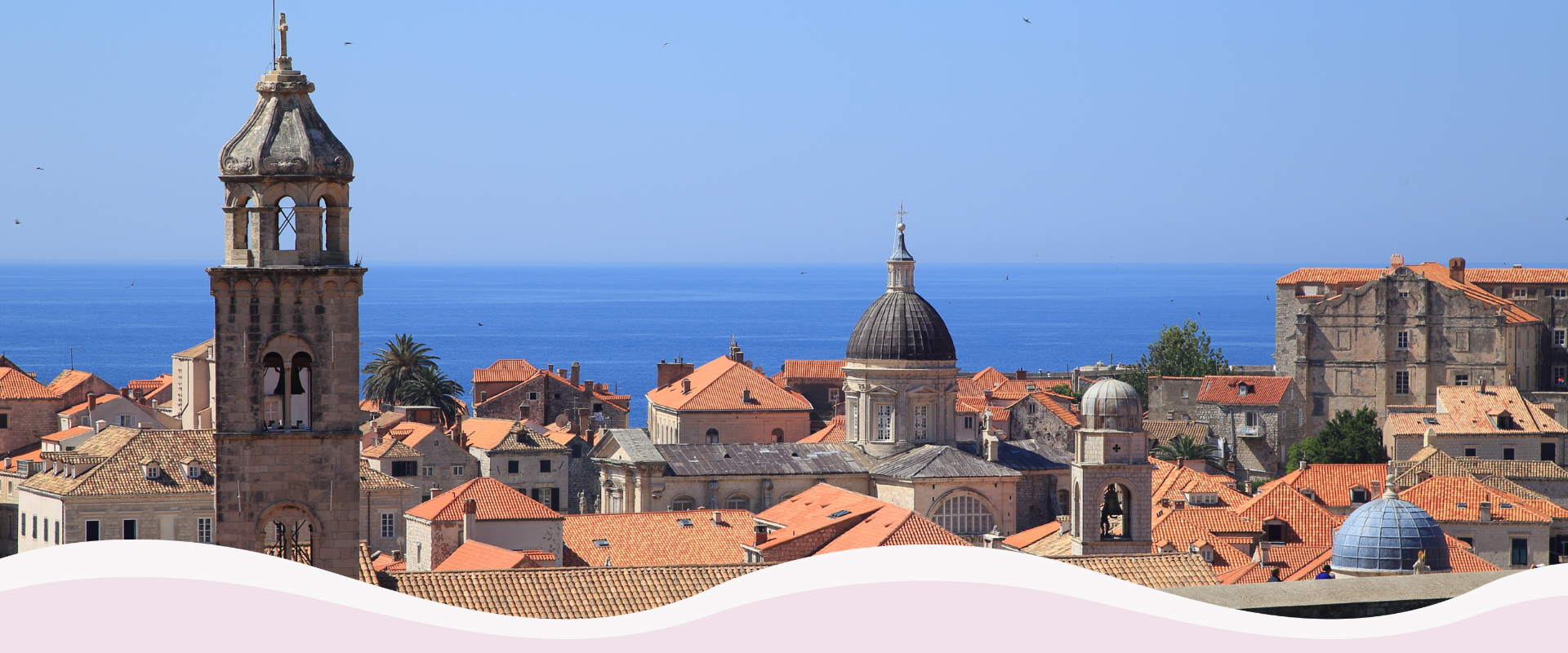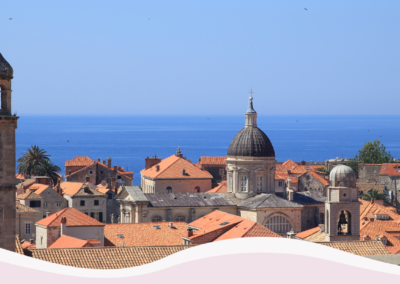Dubrovnik, known worldwide as the “Pearl of the Adriatic,” is a UNESCO World Heritage site celebrated for its majestic stone walls, medieval streets, and timeless coastal beauty. Nestled along Croatia’s southern coast, the city attracts millions of visitors each year who come to experience its rich history, vibrant culture, and stunning natural surroundings. From iconic landmarks like the Stradun promenade and Sponza Palace portico to quiet corners shaded by pine trees and small gardens, Dubrovnik offers an experience that blends culture, leisure, and exploration.
Tourism is central to Dubrovnik’s identity and economy, but the city also faces the unique challenges of managing its popularity while preserving its heritage. With a Mediterranean climate marked by long, sun-drenched summers and mild, pleasant winters, Dubrovnik has traditionally been a year-round destination. However, in recent years, the increasing intensity of summer heat has affected both visitors and residents, especially during midday hours when temperatures soar. These changes are reshaping how people experience the city, prompting a need for thoughtful, climate-resilient urban tourism strategies.
In recent years, Dubrovnik has felt the increasing impact of heatwaves, a growing challenge across Mediterranean destinations. Rising temperatures and prolonged periods of extreme heat have made it harder for visitors to fully enjoy outdoor spaces, particularly during peak midday hours. These conditions not only affect visitor comfort and well-being but also place pressure on the city’s infrastructure and cultural sites.
In Dubrovnik, Cool Noons is about rethinking how visitors and locals experience the city during the hottest hours of the day. Rather than avoiding cultural and outdoor activities when temperatures rise, the project encourages smarter, more comfortable ways to explore the city. Through surveys, focus groups, and the creation of digital tools, Dubrovnik is testing new solutions to improve thermal comfort without compromising the city’s unique heritage experience.
By developing personalized “cool paths” and enhancing cultural visits with interactive technologies, Cool Noons aims to help people enjoy Dubrovnik’s treasures in a way that is adaptive, accessible, and informed. This pilot is not about large-scale infrastructure changes but about shifting behaviors, leveraging technology, and designing better visitor experiences for a hotter future.
Dubrovnik’s approach to the heatwave challenge focuses on understanding the needs of both visitors and locals, and designing solutions that blend data, collaboration, and technology:
DURA Dubrovnik conducted comprehensive surveys during 2024 and 2025 to better understand how heat impacts visitor experience. The surveys explored how hot people felt during their stay, their overall satisfaction with their Dubrovnik visit, and how willing they were to explore cultural sites during the hottest hours of the day. This data forms the foundation for shaping targeted, meaningful interventions.
Using design thinking methods, DURA organized focus groups with three key types of actors: local residents, administrative stakeholders (from city departments such as culture, urban planning, and tourism), and local tourist guides and tourism professionals. This inclusive approach ensures that diverse perspectives contribute to creating solutions that are practical, sustainable, and aligned with the city’s identity.
The core of Dubrovnik’s pilot is the development of a digital platform that will feature seven distinct cool paths identified through the focus groups. These paths will offer different options — such as shorter or longer routes, or routes with more green spaces — allowing users to choose according to their preferences. In parallel, DURA plans to introduce digital solutions at the Dubrovnik Maritime Museum, including tablets, interactive presentations via QR codes, and engaging content designed to enhance the experience for both tourists and locals.
By participating in Cool Noons, Dubrovnik is taking an important first step toward adapting tourism experiences to the realities of a hotter climate. The city recognizes that traditional sightseeing patterns need to evolve, especially during extreme heat. This pilot project is helping Dubrovnik test new ways to protect visitor well-being, reduce heat-related discomfort, and maintain the quality of cultural experiences even during peak temperatures.
Through this approach, Dubrovnik is exploring how small, targeted changes—such as designing cool paths, offering interactive museum tools, and using real-time information—can create a more sustainable and heat-resilient way to enjoy the city. The lessons learned from Cool Noons will inform future efforts and support Dubrovnik’s broader goal of balancing tourism, heritage preservation, and community comfort in a changing climate.



